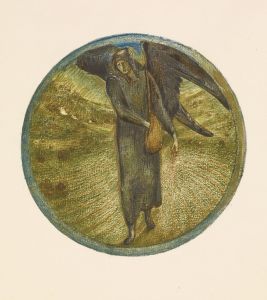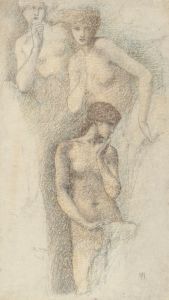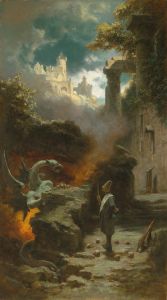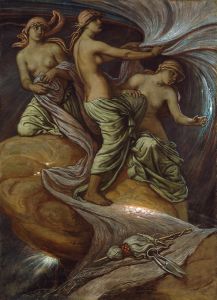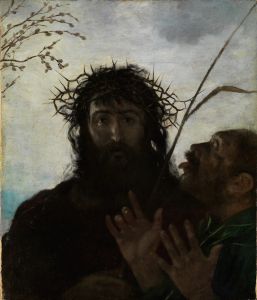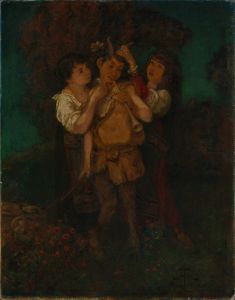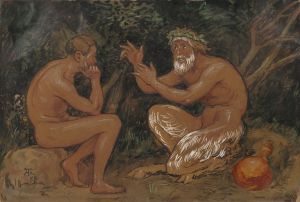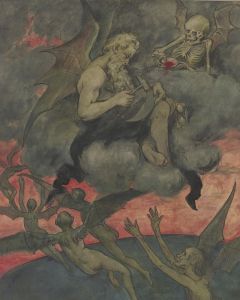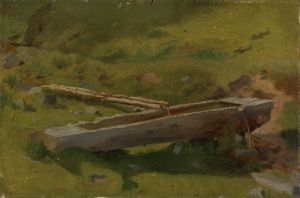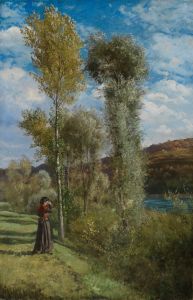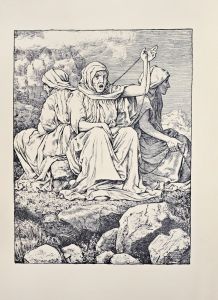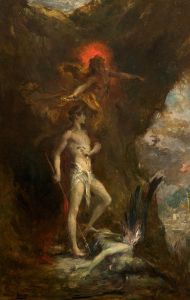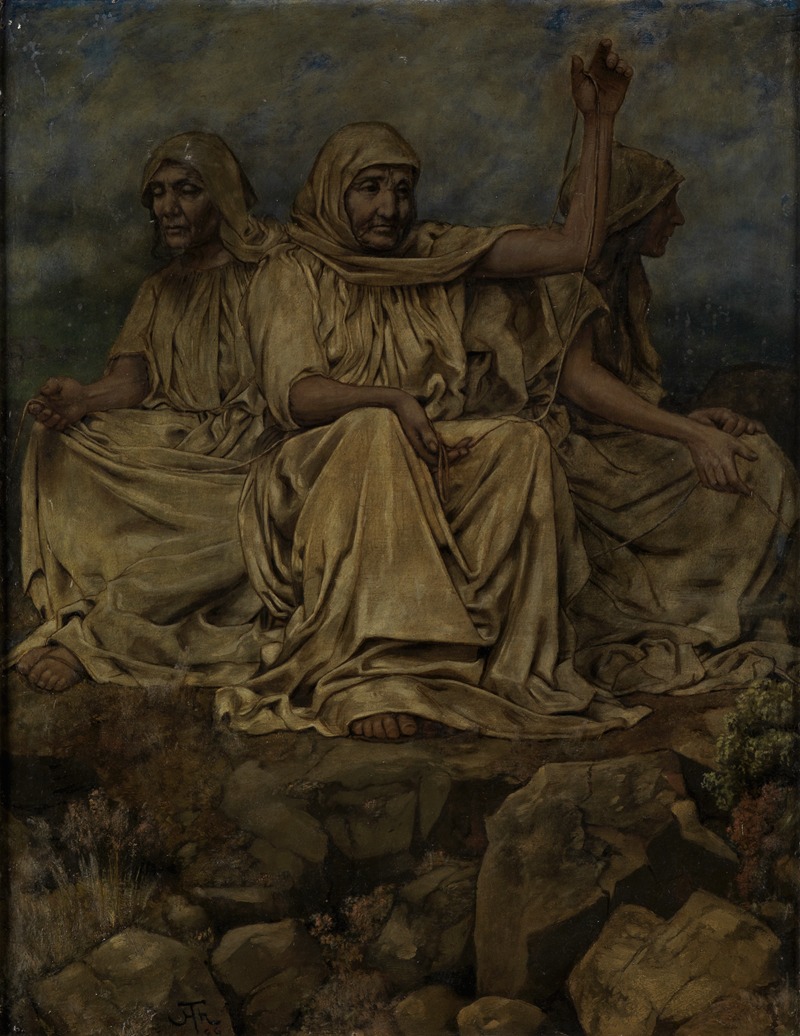
Die Nornen
A hand-painted replica of Hans Thoma’s masterpiece Die Nornen, meticulously crafted by professional artists to capture the true essence of the original. Each piece is created with museum-quality canvas and rare mineral pigments, carefully painted by experienced artists with delicate brushstrokes and rich, layered colors to perfectly recreate the texture of the original artwork. Unlike machine-printed reproductions, this hand-painted version brings the painting to life, infused with the artist’s emotions and skill in every stroke. Whether for personal collection or home decoration, it instantly elevates the artistic atmosphere of any space.
Hans Thoma was a German painter born on October 2, 1839, in Bernau in the Black Forest region. He is known for his contributions to the German art scene in the 19th and early 20th centuries. Thoma's work often reflects themes from German folklore, mythology, and nature, which were prevalent in the art movements of his time, particularly Symbolism and Romanticism.
One of Thoma's notable works is "Die Nornen" (The Norns), which depicts the Norns from Norse mythology. The Norns are female beings who control the fate of gods and men, similar to the Fates in Greek mythology. They are often portrayed as three sisters: Urd (representing the past), Verdandi (the present), and Skuld (the future). These figures are central to the mythological understanding of destiny and time in Norse culture.
Thoma's "Die Nornen" captures these mythological figures in a manner that reflects his interest in both mythology and the natural world. His style is characterized by a detailed and realistic approach, often with a serene and contemplative atmosphere. Thoma's use of color and composition in "Die Nornen" is typical of his work, where he combines a naturalistic depiction of figures with a symbolic and sometimes mystical undertone.
The painting is part of Thoma's broader body of work that often explores themes of fate, nature, and the human condition. Thoma was influenced by the Romantic movement, which emphasized emotion and individualism, as well as a fascination with the past and nature. His works often reflect a deep connection to the German landscape and cultural heritage, which is evident in his portrayal of mythological themes.
Throughout his career, Thoma gained recognition and acclaim in Germany and beyond. He held various positions, including a professorship at the Academy of Fine Arts in Karlsruhe. His work was celebrated for its technical skill and its ability to evoke a sense of timelessness and introspection.
"Die Nornen" is a testament to Thoma's ability to blend mythological themes with his unique artistic vision. While specific details about the painting's creation, such as the exact date and location, are not widely documented, it remains an important part of Thoma's oeuvre and a reflection of his interest in the intersection of myth and reality.
Hans Thoma passed away on November 7, 1924, in Karlsruhe, Germany. His legacy continues through his contributions to German art and his influence on subsequent generations of artists. His works, including "Die Nornen," are housed in various collections and continue to be studied and appreciated for their artistic and cultural significance.





